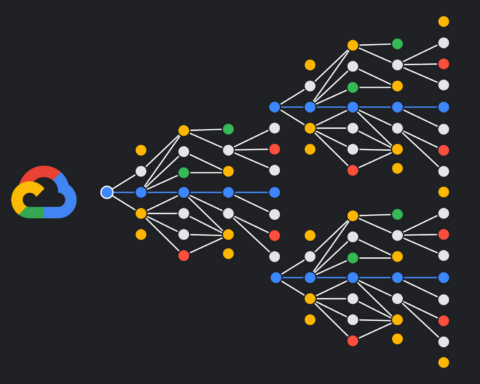Dell has announced the Dell SonicWALL SuperMassive 9000 Series Next-Generation Firewall (NGFW), built from the ground up to meet the needs of enterprise networks by delivering security, productivity, performance, and scalability without compromise. Providing complete advanced threat protection including high performance intrusion prevention and anti-malware at multi-gigabit speeds with near zero latency, the Dell SonicWALL SuperMassive 9000 Series delivers carrier-class network security and performance along with the industry’s highest core density architecture in an elegant one-rack appliance that also saves space, power, and cooling costs.
The SuperMassive 9000 Series includes the 9600, 9400, and 9200 models and offers full IPS and application control performance up to 12Gbps.
Its compact 1U power efficient high port density form factor is designed with the total cost of ownership (TCO) and power/space/cooling (PSC) requirements of modern enterprise data centers in mind. With 4 SFP+ 10GbE interfaces, 16 1GbE interfaces and a dedicated management interface, the SuperMassive 9000 Series can be deployed in a variety of networks in either a traditional gateway security deployment or as an additional layer of security for traditional networks in a transparent layer 2 bridge or wire-mode deployment.
“Our performance has increased 10-fold after deploying Dell SonicWALL SuperMassive firewalls,” said Joe Gomes, director technology and systems, at University of South Florida Pediatrics Epidemiology Center. “We were not only able to save $100,000 through this investment, but also increase capacity and bandwidth to support a new research initiative.”
“The volume, form and sophistication of malware inflict huge vulnerability challenges on the corporate network,” said Patrick Sweeney, executive director, product management, Dell SonicWALL. “At the same time, enterprises struggle to balance the need for network access and performance with network protection. The Dell SonicWALL SuperMassive 9000 Series solves exactly these enterprise challenges through technology generally associated with carrier-class networks.”






